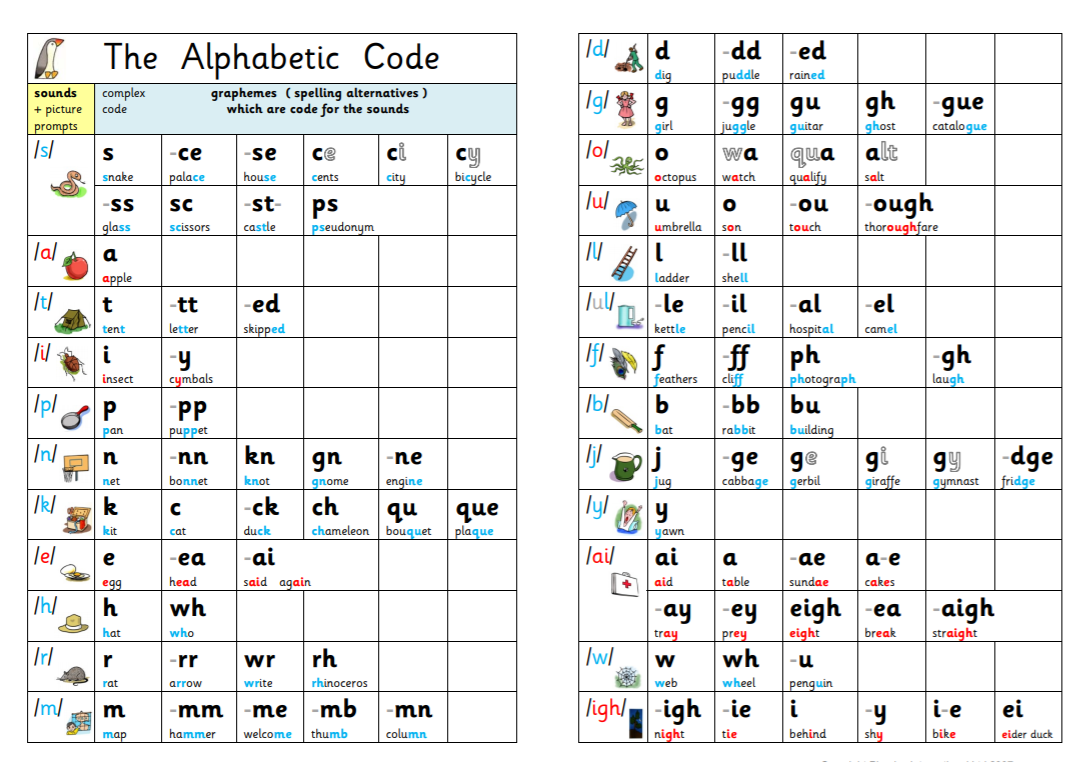


White Paper – The Science of Reading by Laura Stewart. Using a 2x2x2 factorial design, this study evaluated the dimensionality of alphabet knowledge and identified the sequence of development of 8 alphabet knowledge skills. Webinar – Cortex in the Classroom: Advancing the Science of Reading in the Early Years Because the recognition of words is mostly automatic, attention Alphabetic Understanding, Phonics, and Spelling - Region 19.

According to Puranik, Lonigan, & Kim (2011). Phonics instruction helps children learn the relationships between the letters of written language and the sounds of spoken language.
#ALPHABETIC UNDERSTANDING FULL#
Full alphabetic reading and writing: The child has phoneme awareness, knows basic sound/symbol correspondences, and can sound out words.Partial alphabetic reading and writing: The child has some letter-knowledge and phoneme awareness and may represent some letter-sounds in words. The alphabetic principle is composed of two parts: Alphabetic Understanding: Words are composed of letters that represent sounds.The alphabetic principle encompasses both the understanding that relationships exist between letters and sounds and the application oftheserelationships to reading words. Prealphabetic reading: The child may use incidental visual clues to “read” familiar words but does not yet understand that letters represent speech sounds. Research suggests that development ofthe alphabetic principle is a critical factor in learning to recognize words and becoming a successful reader.The phases are not stages, as they are part of a predictable developmental continuum. This understanding progresses in phases, each supported by specific instruction. A writing system is said to be alphabetic. In the video, the teacher is doing exactly that with her kindergarten students. The central focus of this model is that to be able to recognize words “by sight” during fluent reading, a reader must master phoneme-grapheme mapping, or the alphabetic principle. Beginning readers must understand the concept of the alphabetic principle in order to master basic reading skills. The alphabetic precept is the understanding that letters signify sounds which structure words it is the expertise of predictable relationships between written letters and spoken sounds. Understanding the Phases of Word-Reading Development The image really helps with the understanding of how development looks when a child is learning the alphabetic principle. The image has been taken from the webinar and the information from Laura Stewarts’ paper The Science of Reading both links are below. Thank you to Dr Pam Kastner for sharing the image and the webinar the week.


 0 kommentar(er)
0 kommentar(er)
